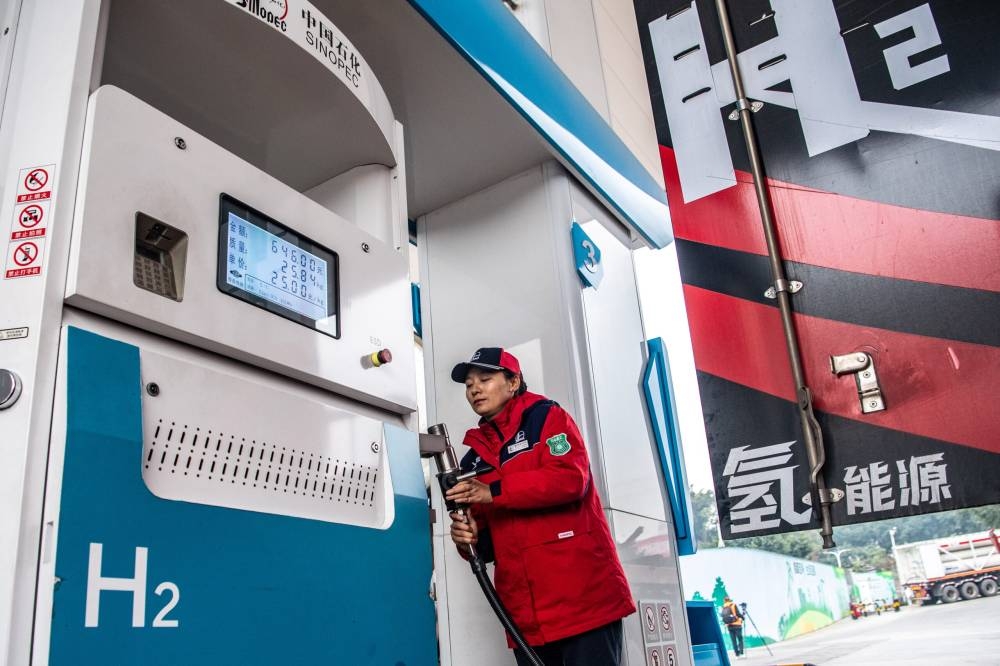Chinese scientists have developed an ultra-high volumetric power density fuel cell, with performance capacity more than 80% higher, compared to current counterparts.
The proton exchange membrane fuel cell's structure was designed by incorporating new components and improving the gas-water-electric-heat transfer routes.
The team could create an ultra-thin and ultra-high power density fuel cell, as they were able to eliminate traditional gas diffusion layers and flow channels by using ultra-thin carbon nanofiber film produced by electrospinning technology and nickel metal foam.
As a result, the thickness of the membrane electrode assembly is reduced by 90%, and the transfer losses, due to reactant diffusion, are reduced by 80%, which contributes to doubling the volumetric power density of the fuel cell.
The research team estimates that the peak volumetric power density of the fuel cell stack using the new structure will reach 9.8 kilowatts per liter.
Hydrogen fuel cells are considered one of the most promising technologies in the application of hydrogen energy, but increasing their volumetric power density, still represent a significant technical challenge.
This breakthrough not only provides pivotal guidance for advancing the development of proton exchange membrane fuel cell technology, but also indicates a promising leap forward in clean energy. (QNA

